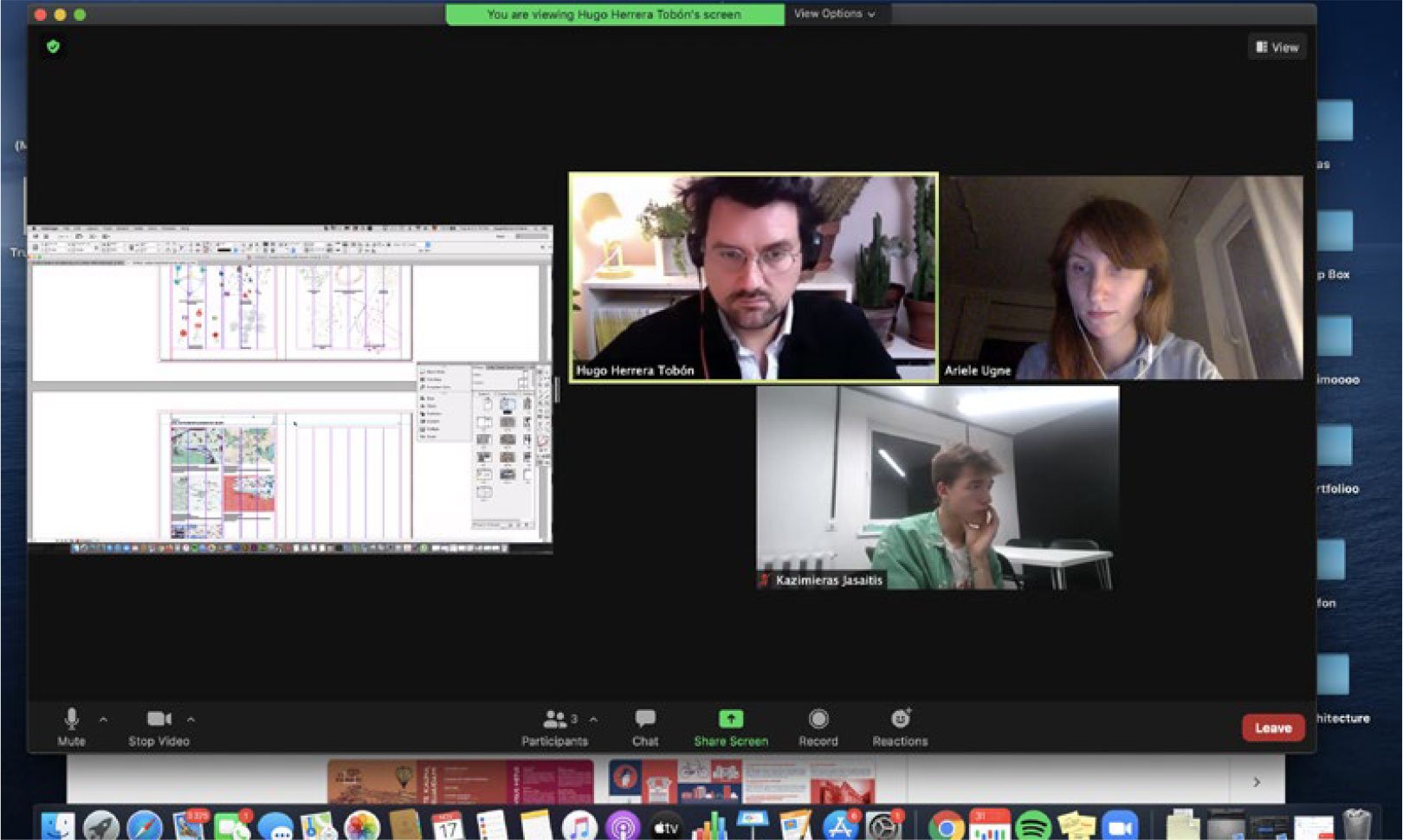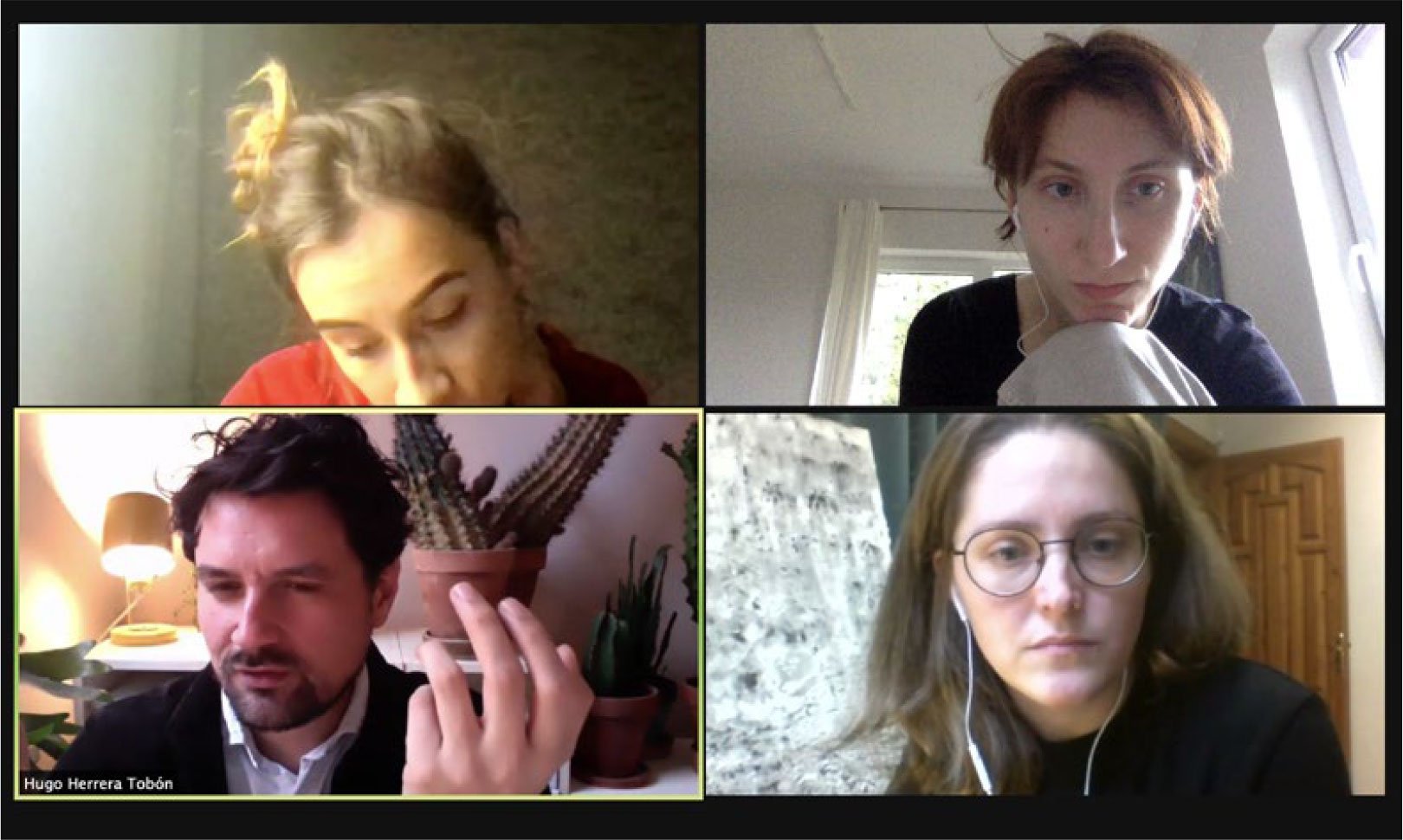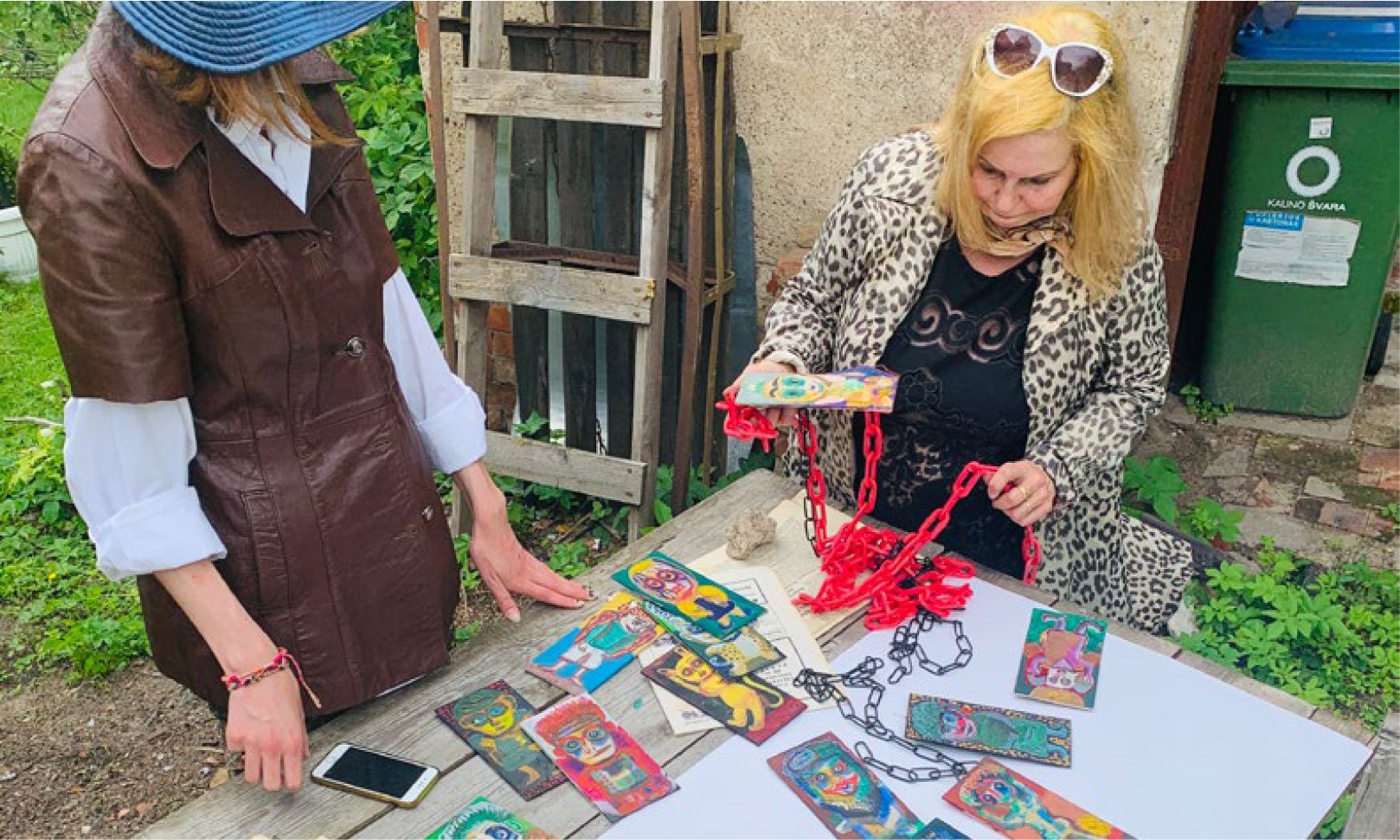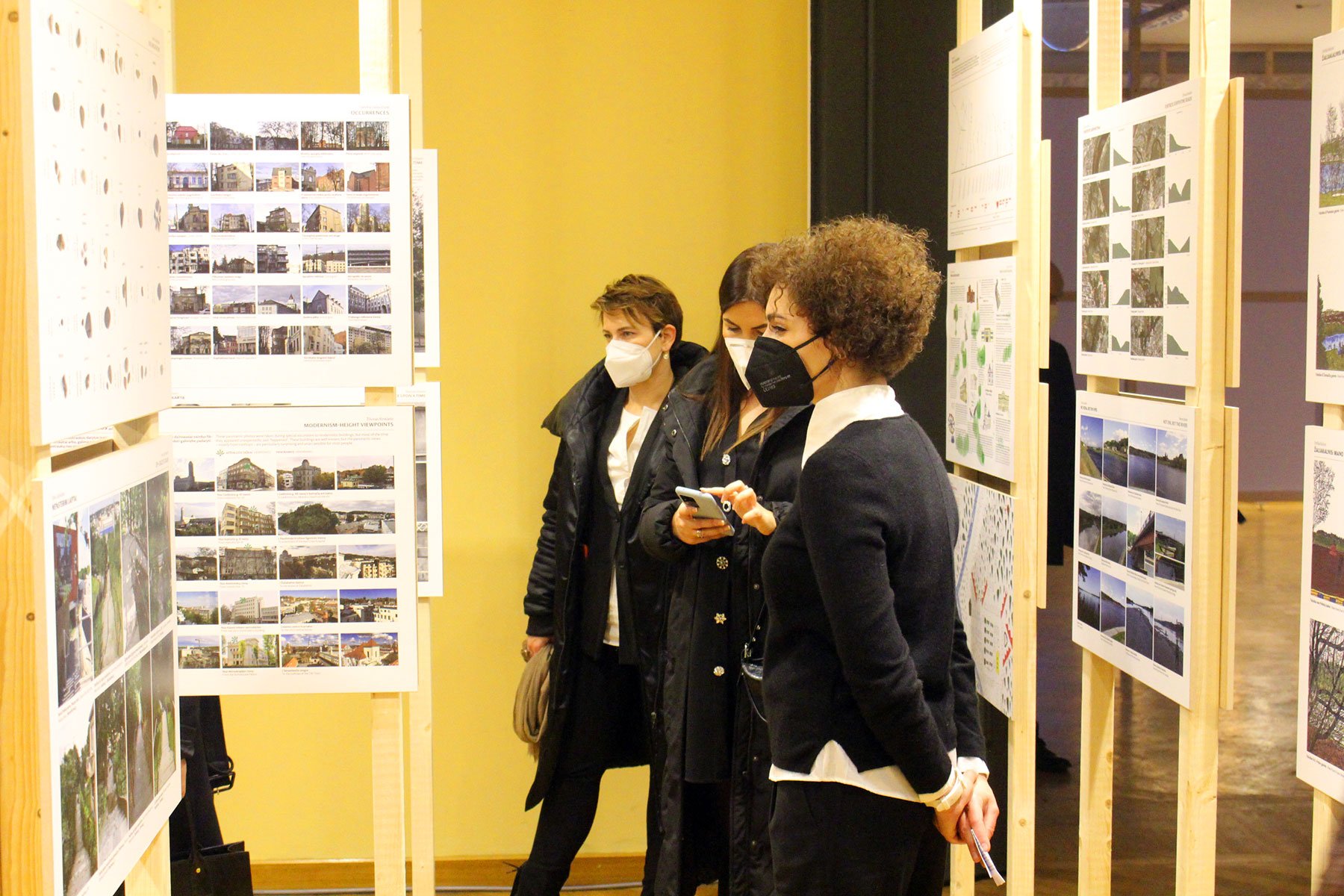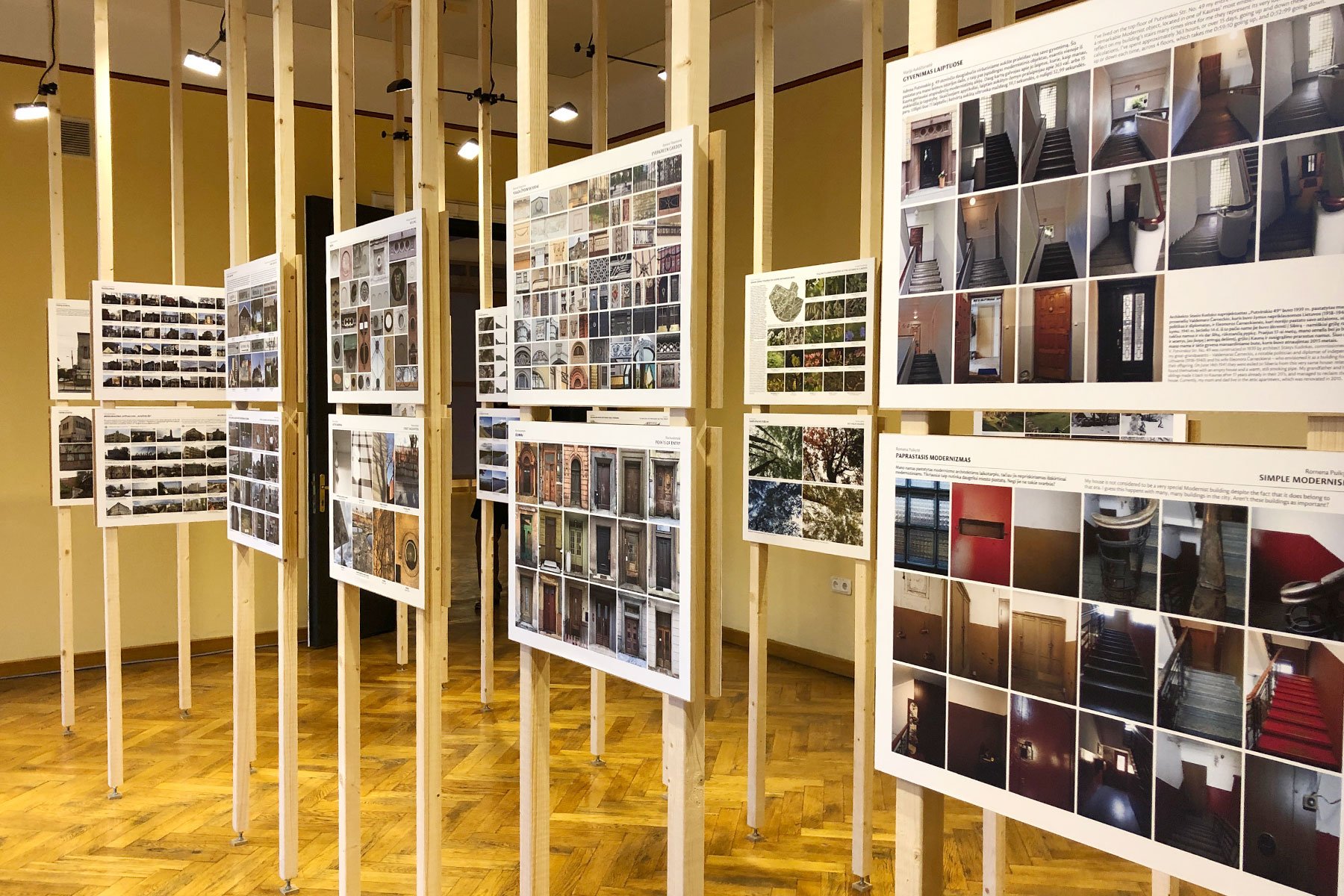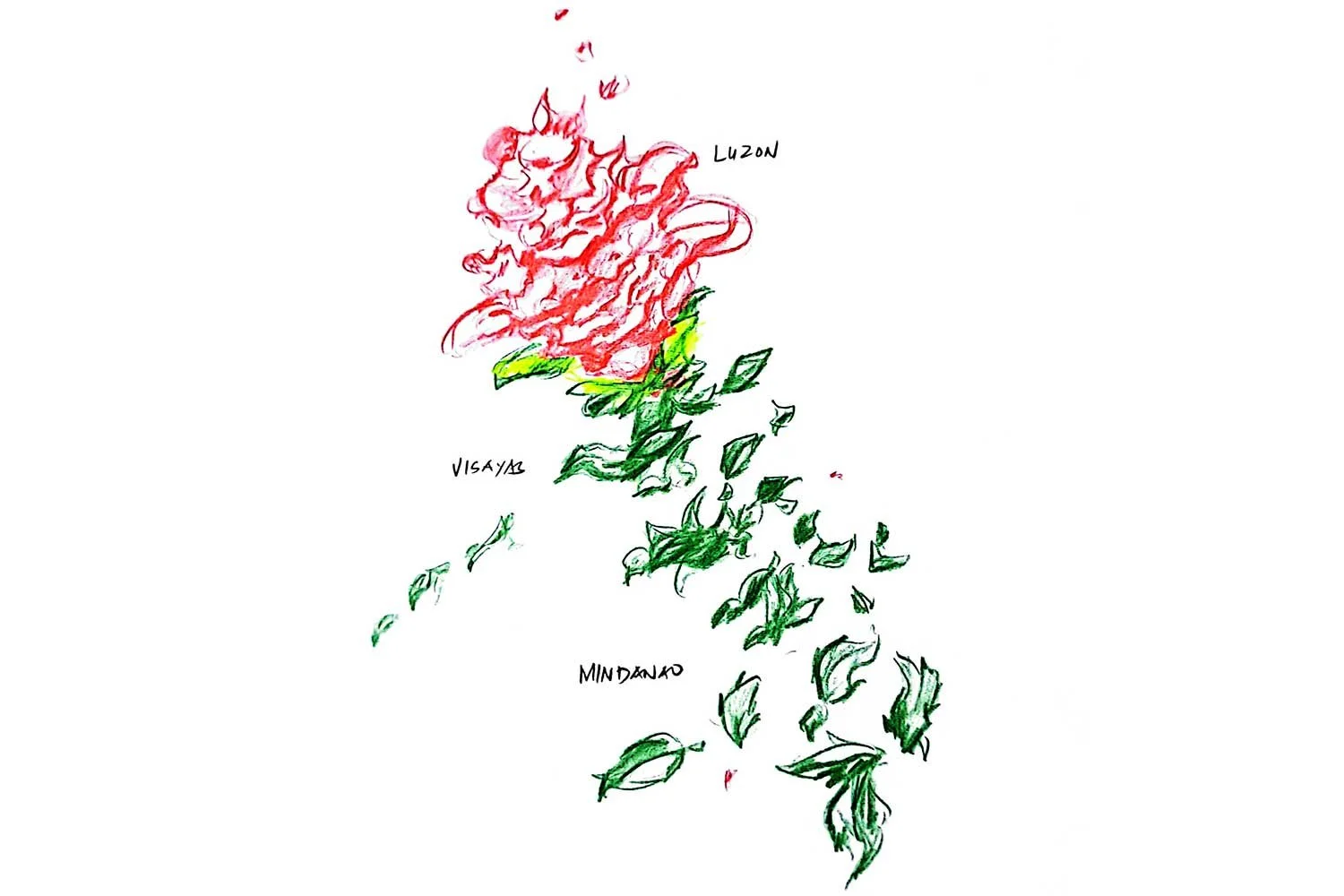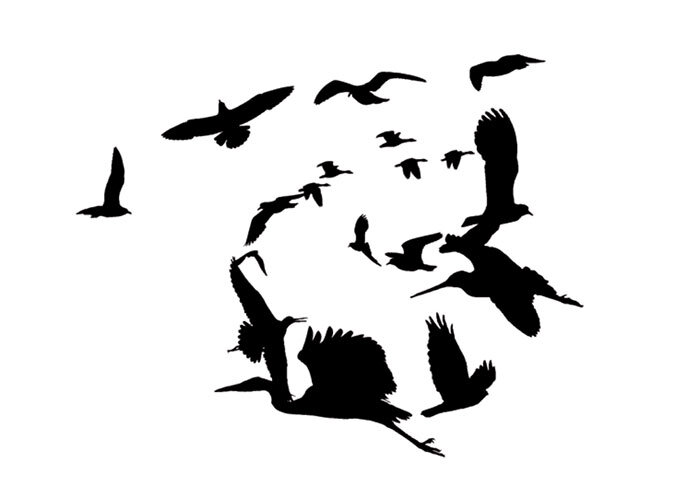Subjective mapping of Kaunas
★ October 2020 → January 2022 ⚑
Initiated by the Modernism for the Future programme of Kaunas European Capital of Culture 2022, the Subjective Atlas of Kaunas brings together the perspectives of nearly forty creative residents invited to map the city’s contemporary identity through their own experiences, interests, and daily lives. Guided by designer Hugo Herrera Tobón across four participatory workshops, a rich constellation of viewpoints emerged—each offering a personal lens on what it means to inhabit a city shaped by an extraordinary modernist legacy.
The mappings reveal that Kaunas’ modernism is far more than an architectural heritage. It is a lived condition: a mode of domesticity, a catalyst for cultural production, a sense of optimism, and a spirit of experimentation that continues to shape the city today. Together, these visual reflections form a layered portrait of Kaunas as a place where history and contemporary life intertwine—alive, felt, and continuously reimagined from within.
Process
Kaunas’ status as the temporary capital of Lithuania (1919–1940) spurred an extraordinary construction boom, expanding the city’s territory sevenfold during the interwar period. This Subjective Atlas of Kaunas brings together a remarkable collection of urban, natural, and everyday spaces and artefacts. Together, they invite us to reflect on how this material and immaterial modernist heritage is perceived, appreciated, disliked, lived with, lived in, observed, ignored, and associated with. Might the city’s luminous past become an inspiration for a more inclusive future?
The Subjective Atlas of Kaunas came into being under unprecedented circumstances. The 2020–2021 COVID-19 pandemic required the development of a new methodology. Four workshops, followed by individual one-to-one meetings, were held online with more than 30 participants in total. Submissions were stored and edited in carefully organised cloud-based folders with the support of two logistics and two creative assistant teams. Once strict lockdown measures were lifted, a creative residency took place in Kaunas, where in-person editorial meetings finally became possible during June 2021. Following publication, the Subjective Atlas of Kaunas – Contemporary Perspectives on Modernism was presented in the Modernism for the Future exhibition by Kaunas – European Capital of Culture 2022, between January and May 2022.
Exhibition
Exhibition of ‘Subjective atlas of Kaunas’ as part of Modernism for the Future 360/365, an international exhibition at Kauno centrinis paštas, winter-spring 2022
Read more
“In this project, what is also essential and is always interesting, is that you have to connect with this more intimate, domestic, emotional space of people. It’s not always so much about describing a building, but it’s explaining how you feel about that building, or maybe we’re not even talking about a building at the beginning. We are talking about how you feel, about something more in general. Then I start to bring you to, “Okay, if you have to look at that in the city, where does that feeling belong?””
— Hugo Herrera Tobón, in ‘On Insignificant Things That are Significant’, (Kaunas full of culture, 2 February 2022)
Acknowledgements
This publication is a result of a collaboration between Subjective Editions and Kaunas – European Capital of Culture 2022 ‘Modernism for the Future’ (Viltė Migonytė-Petrulienė, Žilvinas Rinkšelis, Ugnė Marija Andrijauskaitė
Editor-in-chief: Annelys Devet Editor: Hugo Herrera Tobón Graphic design: Hugo Herrera Tobón, Annelys Devet Editorial Assitants: Arielė Tarasevičiūtė, Kazimieras Jasaitis (kūryba creative); Emilija Bučytė, Laimonas Statkevičius, (darbas su bendruomenėmis community); Gabrielė Eidimtaitė, Diana Jotautaitė, Evelina Šalnaitė (praktikantės interns); Patricija Dobrovolskytė, Brigita Kazlauskaitė, Emilija Stepšytė, Milda Švėgždaitė (iliustratorės savanorės illustration volunteers), in collaboration with all the contributors
Contributors: Indrė Aleksandravičiūtė, Ugnė Marija Andrijauskaitė, Marija Aukščiūnaitė, Milda Bangardavičiūtė, Emilija Bučytė, Gintaras Česonis, Neringa Daniulaitienė, Patricija Dobrovolskytė, Gabrielė Eidimtaitė, Rolanda Girskienė, Algimantas Grigas, Hugo Herrera Tobon, Simona Jakaitė, Kazimieras Jasaitis, Diana Jotautaitė, Brigita Kazlauskaitė, Martyna Kildaitė, Rita Kundrotaitė, Julija Laurinaitytė, Vilma Leščinskienė, Nijolė Majerienė, Angelica Peccini, Vilma Petrikienė, Romena Puikytė, Aistė Ramūnaitė, Žilvinas Rinkšelis, Evelina Šalnaitė, Eduardas Saprykinas, Laimonas Statkevičius, Emilija Stepšytė, Justinas Stonkus, Milda Švėgždaitė, Arielė Tarasevičiūtė, Sandra Valavičiūtė, Remigija Vilniūtė, Ramunė Vlasenkienė, Shay Zilberman, Marius Žižius
Publisher: Subjective Editions (Annelys de Vet, Kurt Vanbelleghem) Distribution: www.ideabooks.nl



